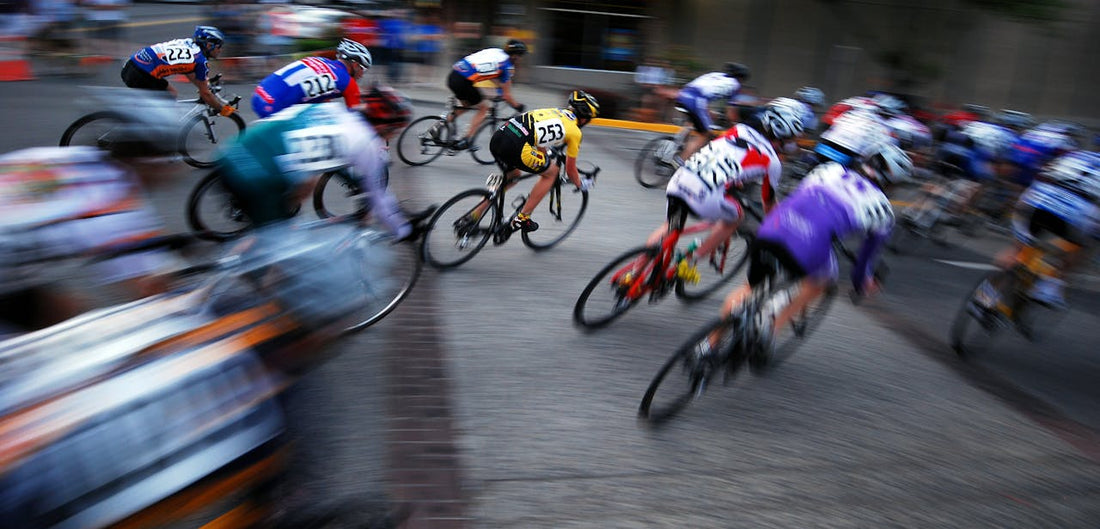
VO₂ Max and HRV: The Performance Metrics You Shouldn’t Ignore
Share
VO₂ Max and HRV: The Performance Metrics You Shouldn’t Ignore
If you’re serious about performance—on the bike, in the gym, or on the trail—there are two metrics that matter most: VO₂ max and HRV (Heart Rate Variability). These numbers give you a real-time snapshot of your cardiovascular fitness and recovery, helping you train smarter and avoid burnout.
What is VO₂ Max?
VO₂ max is your maximum oxygen uptake—how efficiently your body uses oxygen during intense exercise. It’s one of the best indicators of aerobic endurance and cardiovascular performance.
- Why it matters: A higher VO₂ max means you can go harder, longer, and recover faster.
- Elite benchmark: Professional endurance athletes often clock VO₂ max scores in the 70–90 ml/kg/min range. For recreationally fit individuals, the average ranges from 35 to 50.
How to Improve VO₂ Max
You can absolutely train to raise your VO₂ max. Here’s how:
1. High-Intensity Interval Training (HIIT)
Short, explosive efforts near your max heart rate, followed by active recovery. Think 30-60 seconds of all-out work, 1-2 minutes rest, repeated 4–8 times.
2. Tempo and Threshold Work
Sustained efforts just below your lactate threshold push your aerobic capacity and improve efficiency. Great for runners and cyclists looking to build power and endurance.
3. Zone 2 Endurance Work
Long, low-intensity sessions help build your aerobic engine by increasing mitochondrial density and improving fat metabolism. Essential for both endurance and recovery.
What is HRV and Why It Matters
HRV stands for Heart Rate Variability, which measures the variation in time between your heartbeats. A higher HRV typically means your body is recovered and ready for performance. A lower HRV suggests stress, fatigue, or the need for more rest.
How to interpret HRV:
- High HRV = You’re well-recovered and ready to train hard.
- Low HRV = Your body may be under stress—consider dialing back intensity or focusing on active recovery.
It’s important to track trends over time rather than obsessing over a single number. Tools like Garmin, Oura Ring, or Whoop are excellent for monitoring HRV daily.
The VO₂ Max + HRV Connection
These two data points are powerful when used together:
- If VO₂ max is rising and HRV is stable or improving, you're training and recovering well.
- If VO₂ max stagnates and HRV trends down, it's often a sign of overtraining or poor recovery habits.
Using HRV to guide your training intensity day-to-day can help you maximize gains and avoid unnecessary fatigue or injury.
Final Thoughts
VO₂ max tells you where your fitness ceiling is. HRV tells you how close you are to hitting it. Tracking and understanding both give you the edge—whether you’re racing, training, or just trying to be better than yesterday.
Train smart. Recover hard. Repeat.
